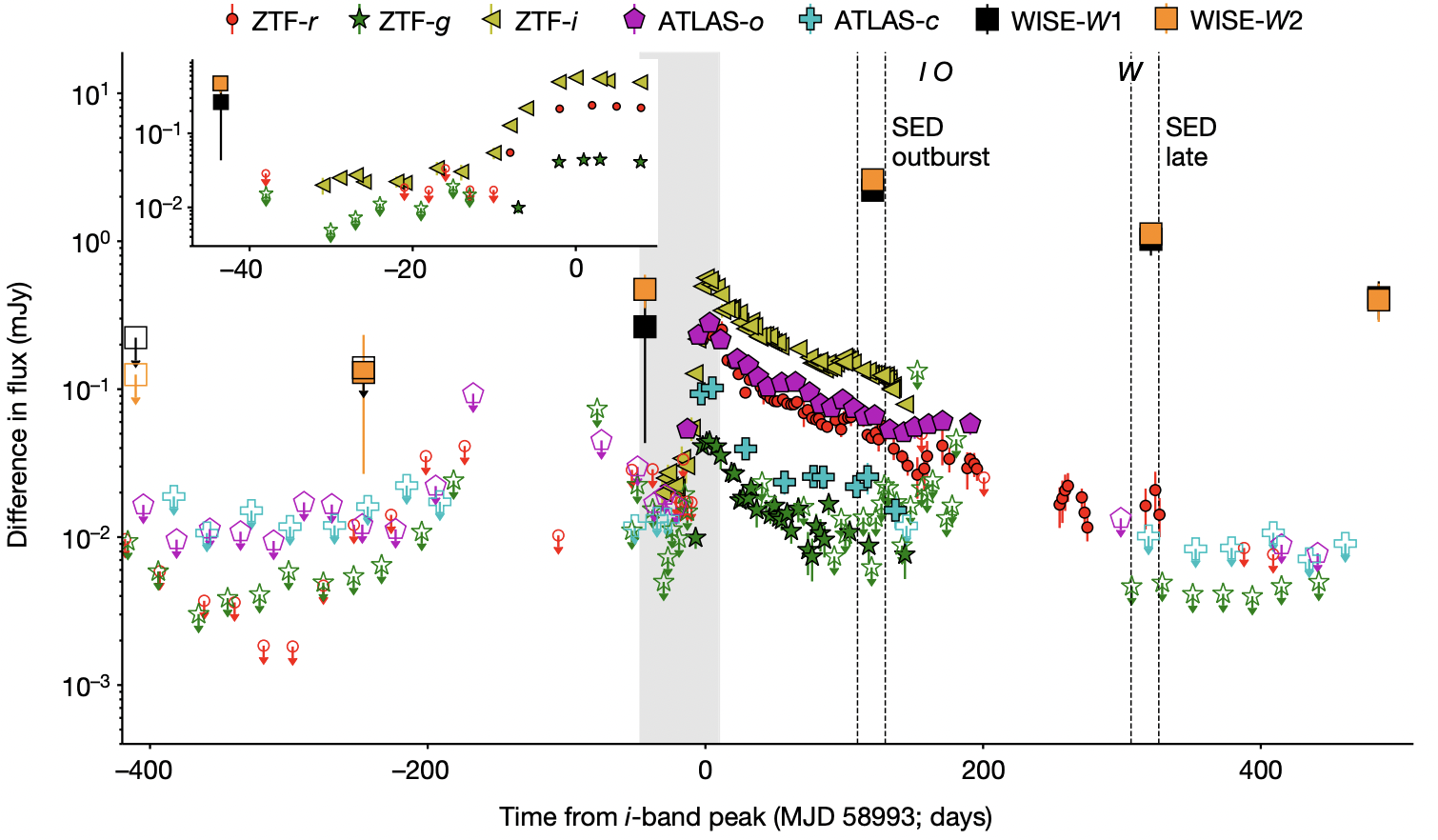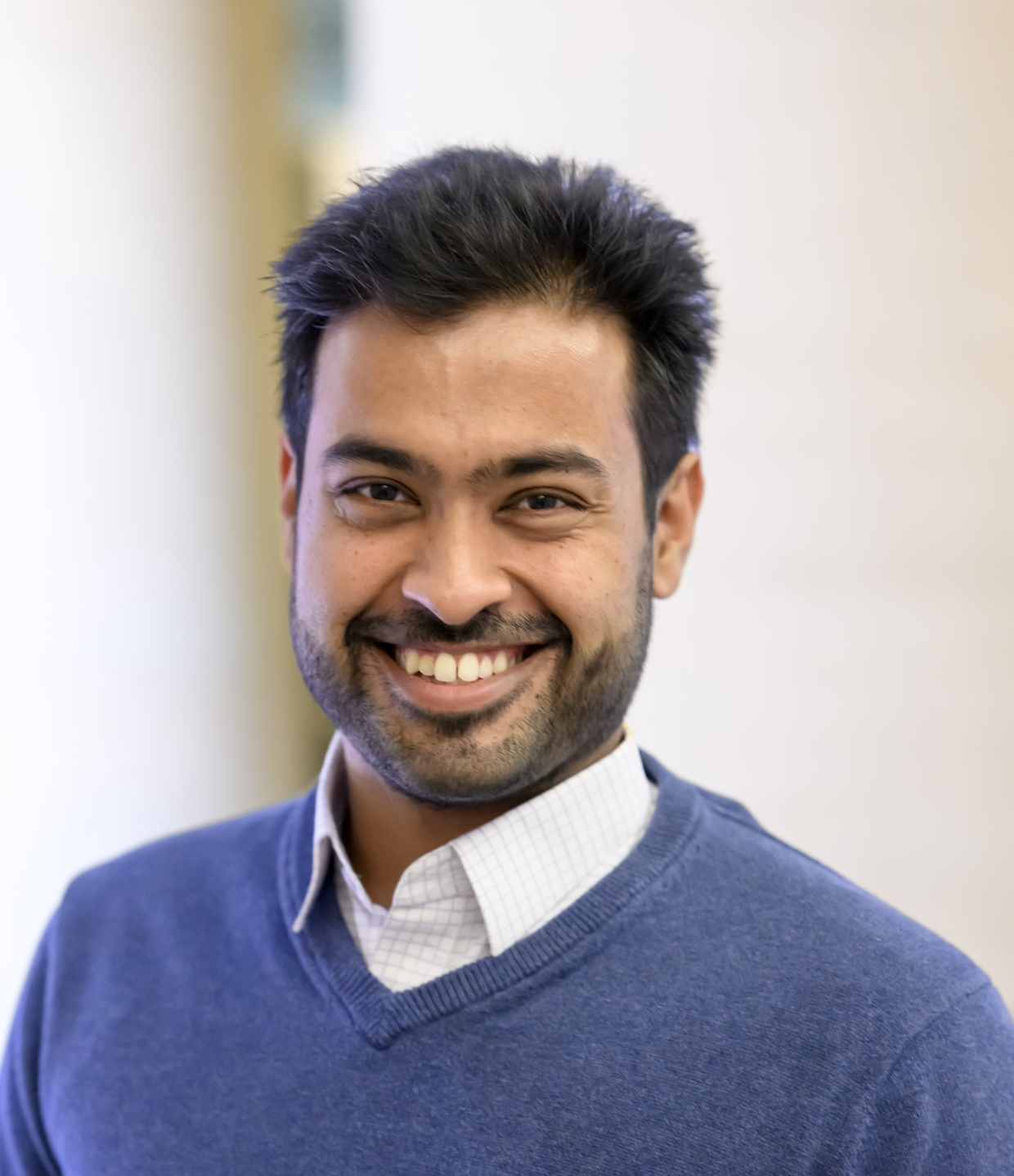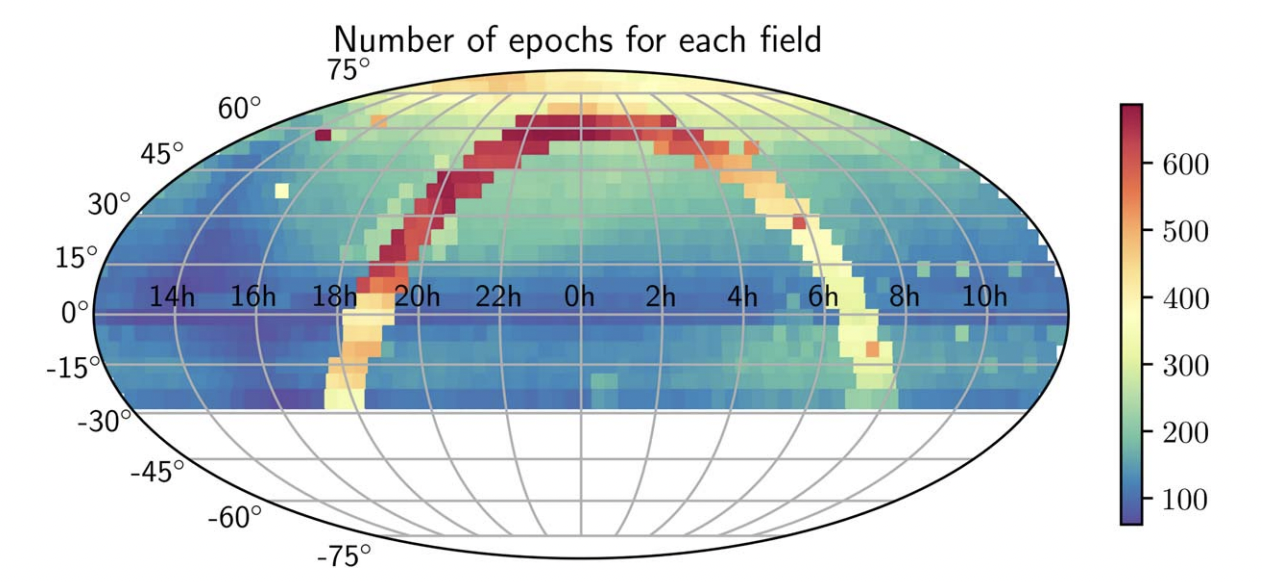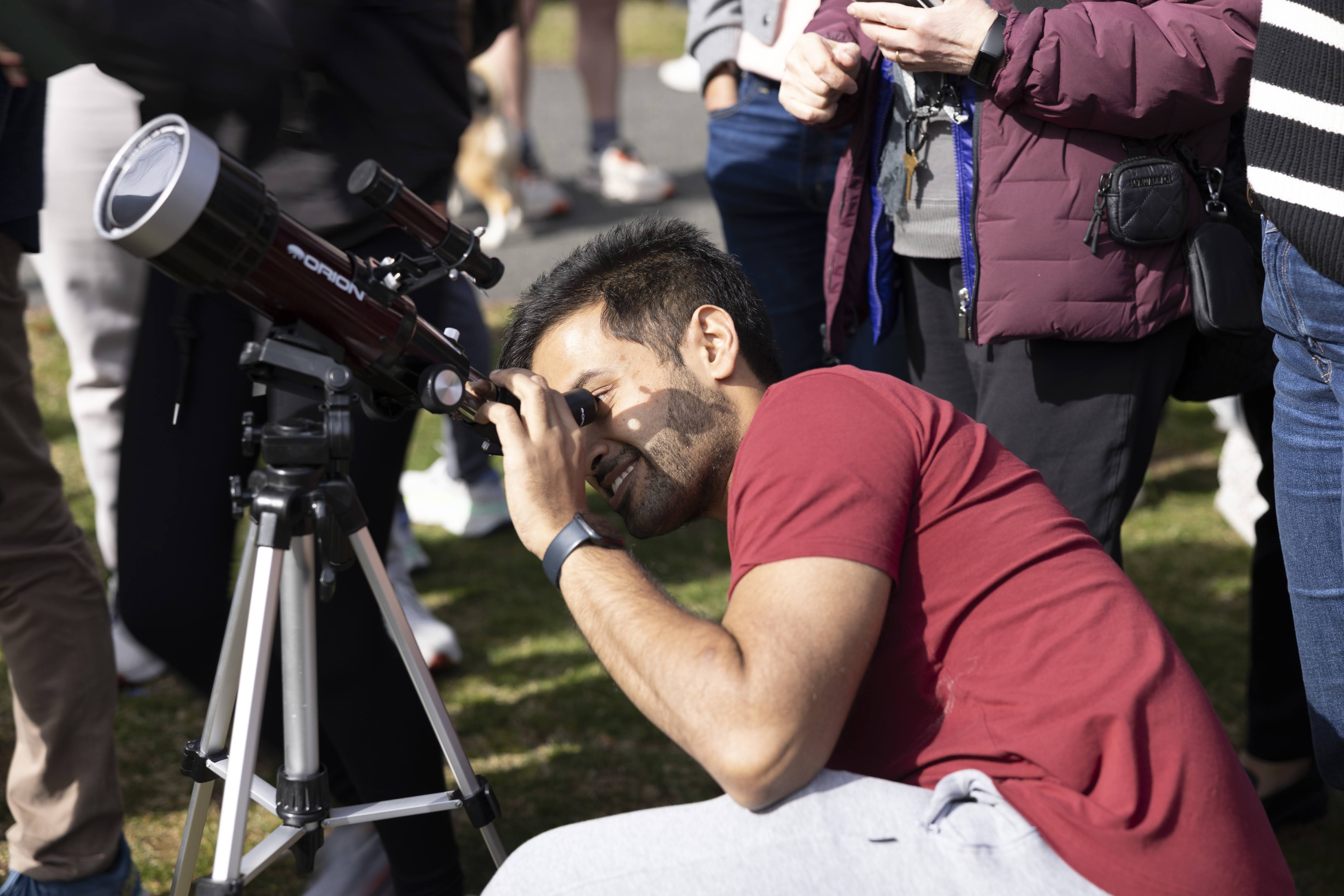
Transient mid‑IR sky with WISE and SPHEREx
We built a uniform pipeline to re-process over 15 years of WISE/NEOWISE imaging to study dust‑enshrouded transients in the Galactic plane and nearby galaxies. Combined with time domain coverage from ground-based optical surveys and space-based spectroscopy with SPHEREx, we are systematically charting the landscape of dusty eruptions in preparation for the Roman Space Telescope.


![[Replace with ZTF/optical figure: light‑curve ensemble or rate plot]](images/mirage.png)
